How to master shopping second-hand – and the best places to find designer bargains
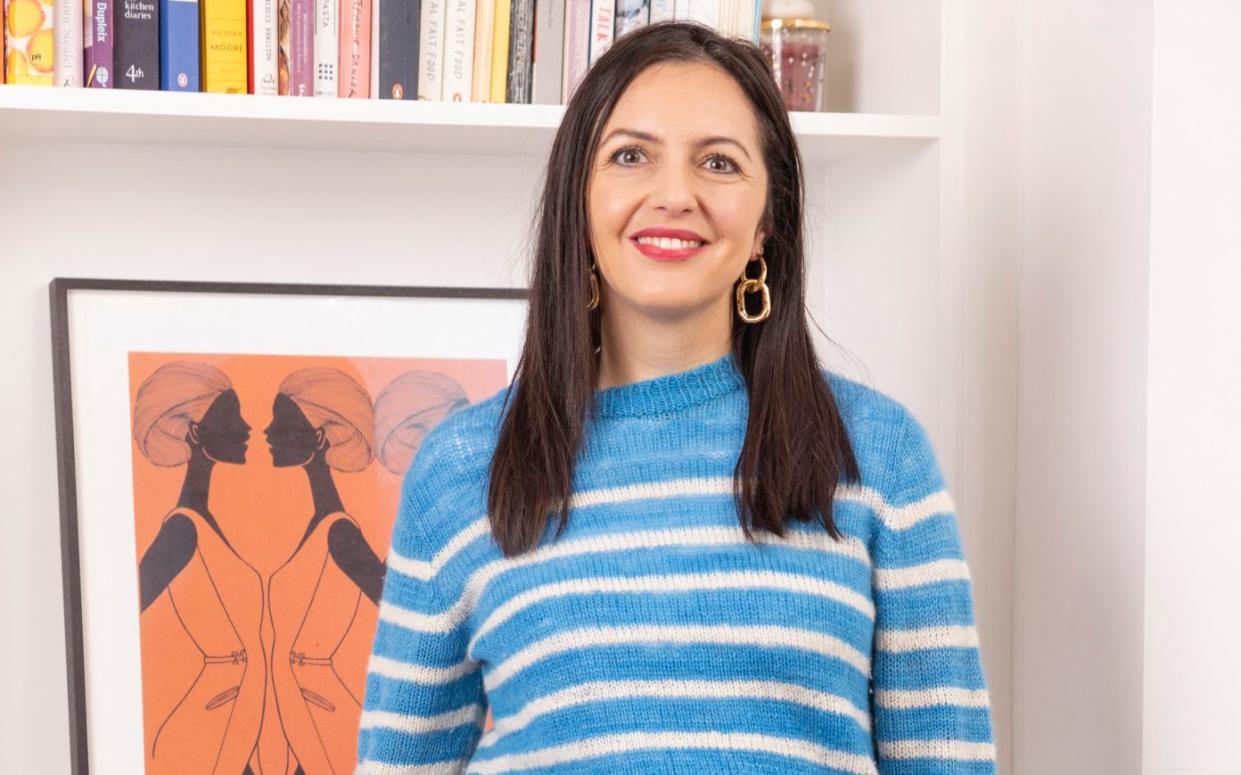
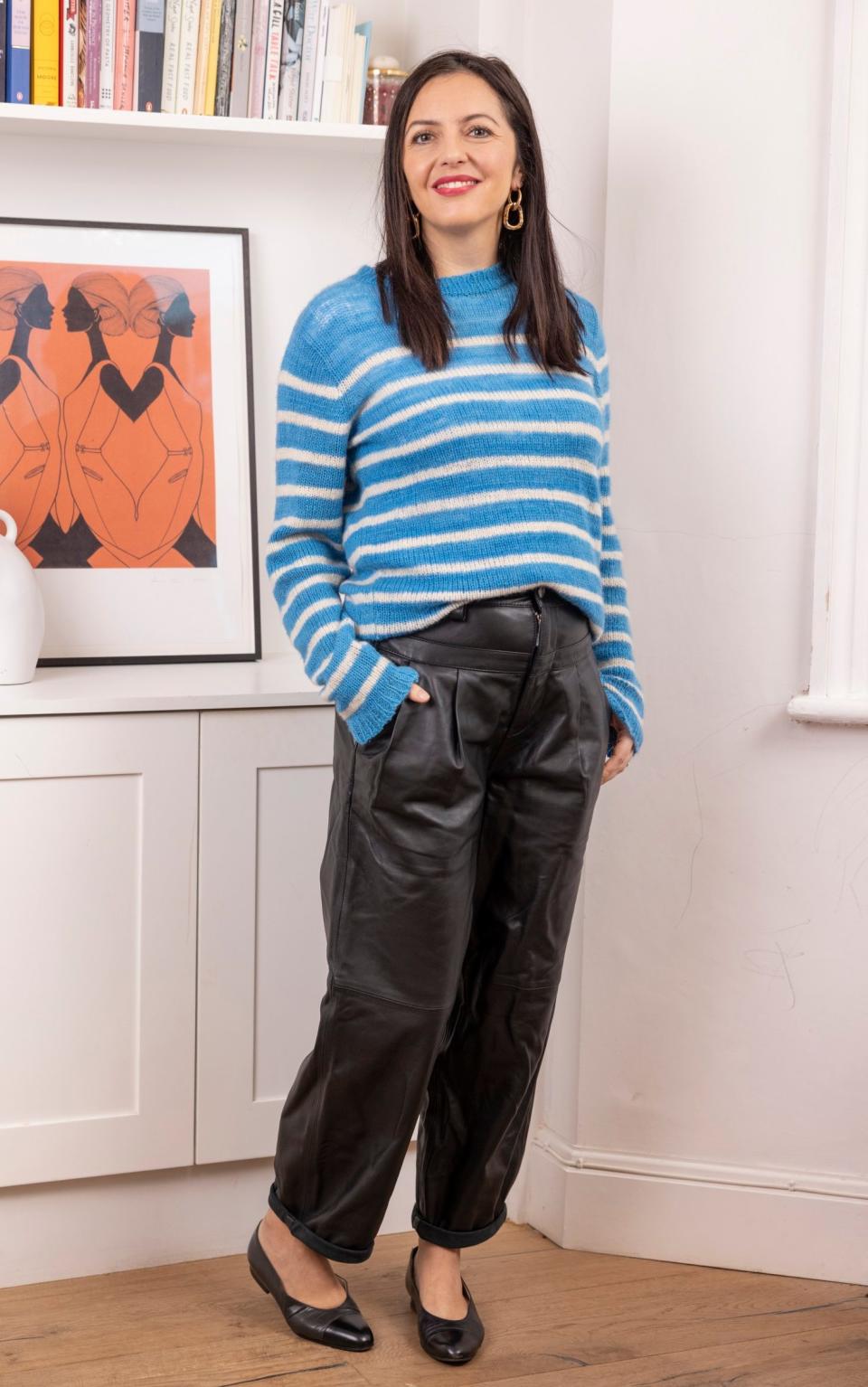
Over the past couple of weeks, I’ve acquired several pieces of clothing for the new season: a tailored waistcoat and a pair of ballet flats for myself, a navy duffle coat for my son, and a hand-smocked dress for my daughter.
The thing they all have in common? None of them is actually new. That’s because these days it’s likely that my clothes had a life in someone else’s wardrobe before they reached mine.
This won’t be news to the likes of Kate Moss, Amal Clooney or Alexa Chung, all of whom have been wearing vintage for years. But until very recently, it felt like a source that only those with a little black book of specialist dealers – or a lot of patience for eBay scrolling – could access.
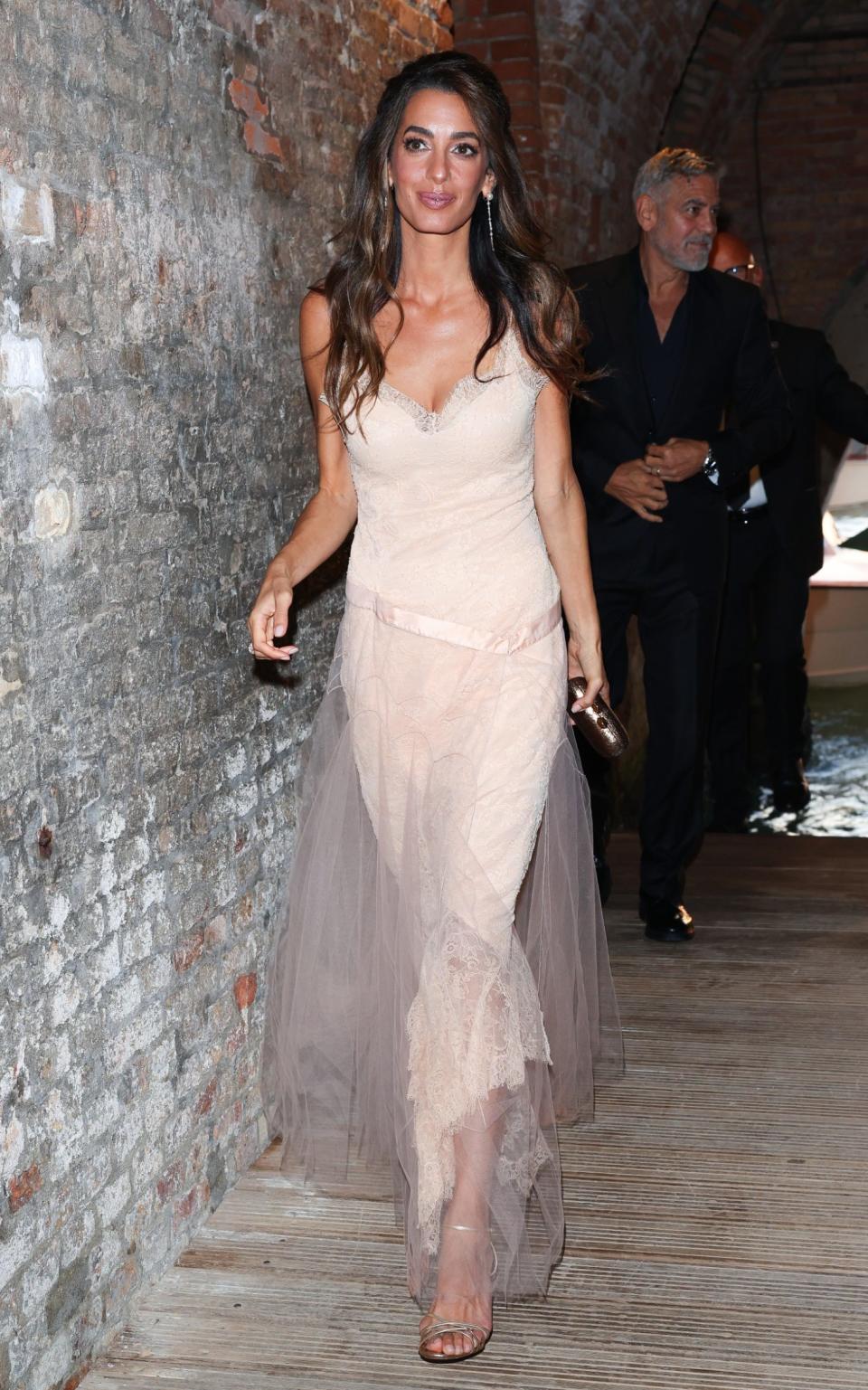
The fashion industry has long celebrated designer vintage clothing and bags – sought-after pieces from defining eras, with price tags that are still rather high. But there was a certain stigma attached to shopping for other second-hand items. Words like “stuffy” or “musty” would routinely come up in the conversation, and it certainly wasn’t presented as an exciting shopping experience.
Look at where we are now, though: getting hold of smart second-hand has never been more straightforward – and it has never seemed so exciting. It now seems perfectly natural and enjoyable, indeed almost second- nature, to seek out pre-loved options when buying clothes – not only for myself but for all the family.
It’s more affordable, too – which is helpful during the cost of living crisis. Inflation in the UK has been higher than in the US and much of the rest of Europe and I can’t justify spending, well, anything really. However, I feel a lot less guilty about dropping £40 on a pair of gently worn Levi’s Ribcage jeans than I do spending £110 on brand new ones.
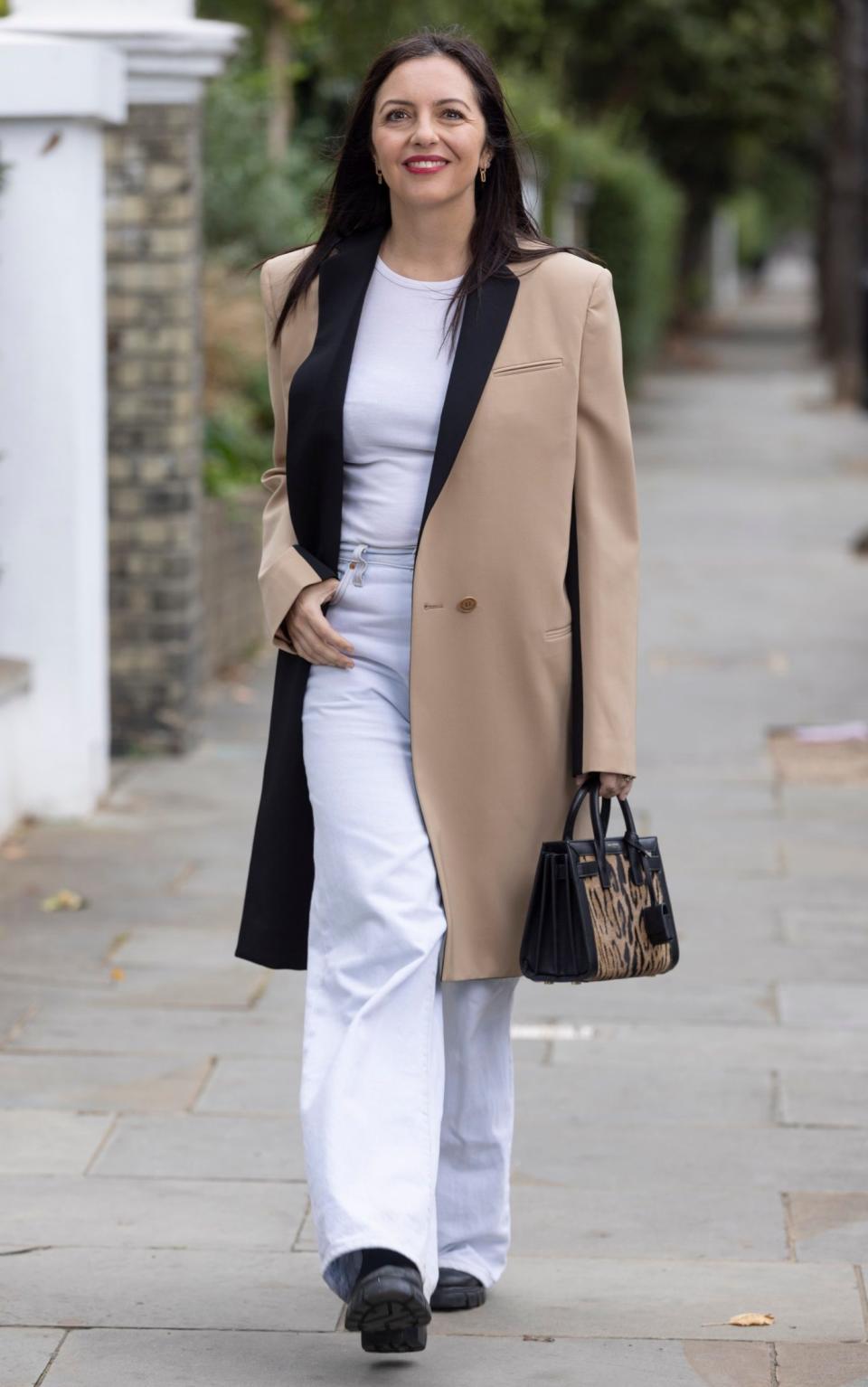
According to the Office for National Statistics (ONS), retail sales rose 1.2 per cent in February; a return to pre-pandemic levels. The difference between now and then is that sales at discount stores and second-hand shops were responsible for the spike.
Yes, I could find cheaper brand new jeans at Primark, Shein and their ilk, but those volume-over-quality fast-fashion brands are the very antithesis of my values: clothes thrown together in God knows what working conditions, which barely seem to last long enough for an Instagram post before ending up in landfill.
I’d rather spend money on something well-made, using quality fabric. I want it to wash well, to hang beautifully and to be worthy of the time spent patching it up when it gets damaged. Getting this at a fair price is the sartorial equivalent of having it all.
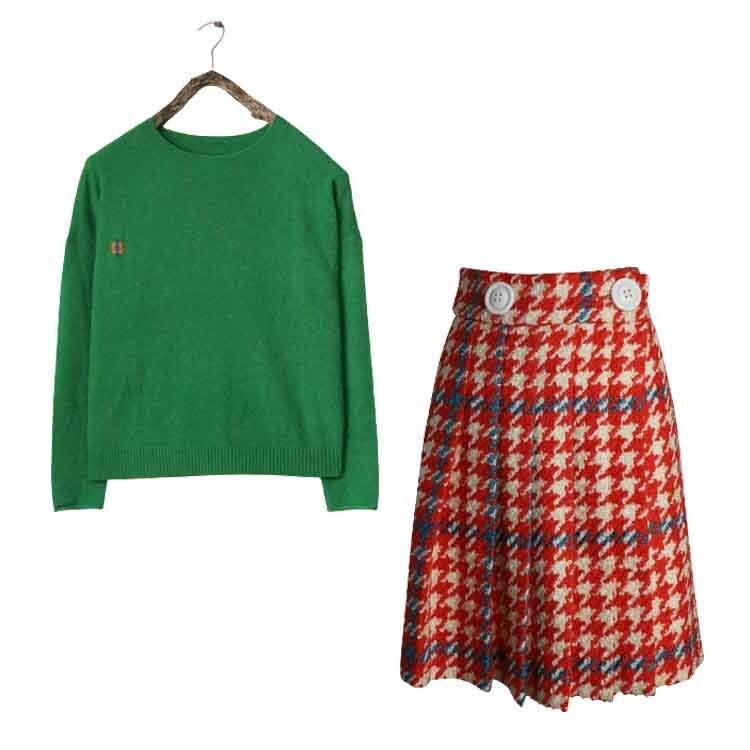
And the best news is that good used clothing is not all that hard to find anymore. Covetable pre-loved goods seem to be everywhere these days. Gone are the days of fruitless trawls through smelly charity shop rails. For a start, those charity shops are more inviting and well merchandised – Mary’s Living and Giving, Fara and the Terrence Higgins Trust boutiques are all carefully curated and a pleasure to visit.
And online, it no longer begins and ends with eBay. Visit Vestiaire Collective, Reluxe, Sign of the Times and HEWI for designer bargains. For high street and unbranded finds, Depop and Vinted are brilliant – I’m borderline addicted to browsing the latter for my favourite minimalist basics by Cos and Raey.
And now Selfridges has gone big on second-hand at all of its stores. There is a permanent vintage handbag offering and they are collaborating with preloved platforms including Susan Caplan-sourced jewellery, The Vintage Trap for luxury sunglasses and Vinterior for furniture. The store has a target of 45 per cent of transactions coming from circular products and services by 2030. This week, Matches launched its latest batch of rare Hermes Birkins and vintage Chanel bags via its partnership with Sellier.
Rental sites offer another way to buy previously worn clothing and accessories; a great option if you’re after occasionwear. Hurr, My Wardrobe HQ and Cocoon all offer users the chance to buy pieces that can no longer be loaned out.
Even the high street is getting in on the preloved act, with second-hand clothing available to buy online at Zara and Cos, and soon to launch at Ganni. H&M, meanwhile, has recently opened an IRL preloved section featuring a range of womenswear brands at its London Regent Street store. It means we can, in a way, still indulge in fast fashion while also giving ourselves a smug pat on the back for choosing preloved.
Toast hosts in-store events at which you can trade your old Toast pieces for others, and also sells one-of-a-kind visibly mended pieces using Japanese sashiko embroidery, while footwear designer Penelope Chilvers is selling vintage designs from her own archive. Established vintage stores are doing well too – Notting Hill favourite Chillie London has just moved to a new, larger space on Portobello Road.
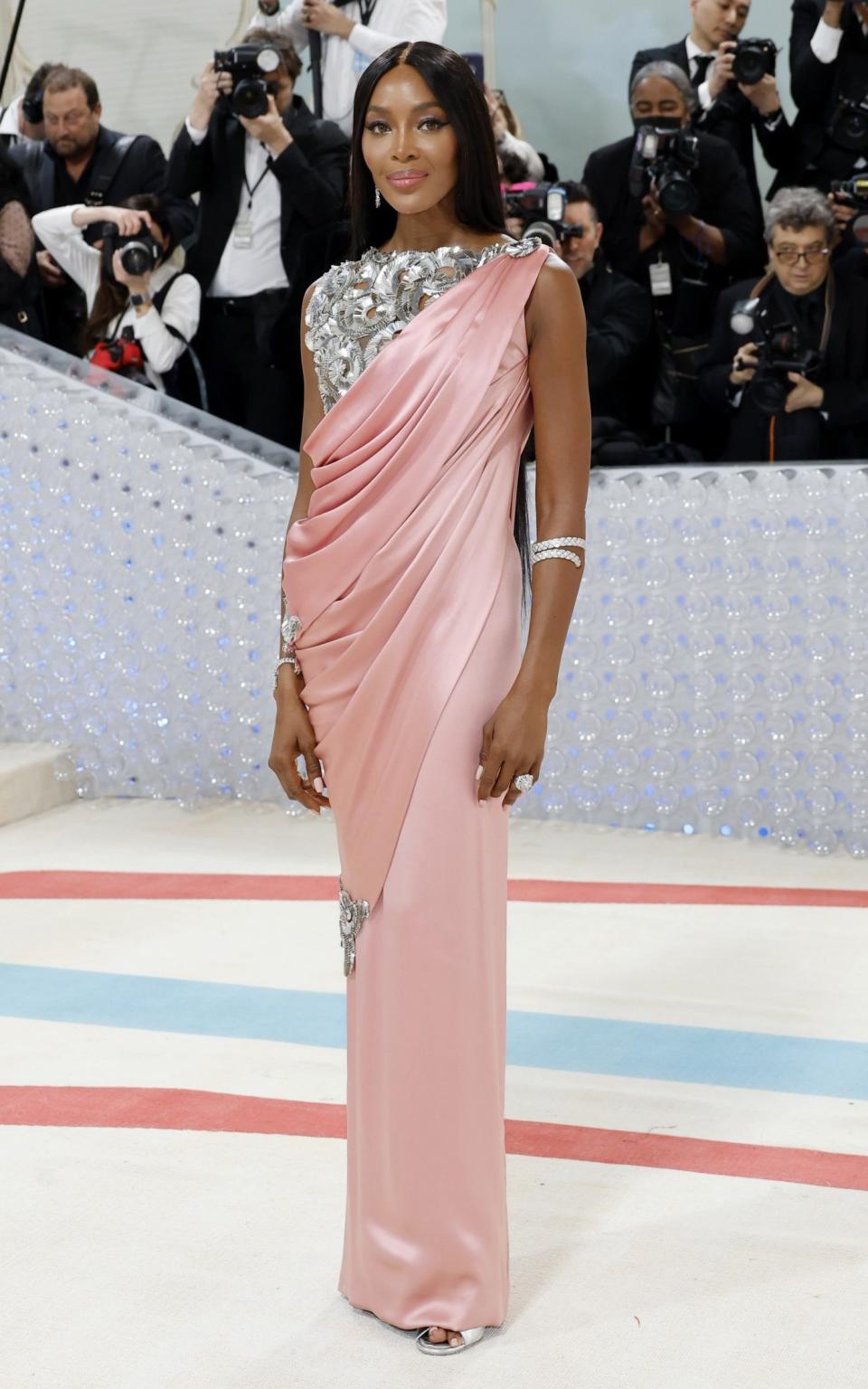
All of this represents a seismic shift in the way we source our clothes: second-hand has gone mainstream. This is thanks to a perfect storm of factors, the most important of which is that we’re all more aware of our environmental footprints. We’ve all seen photos of those infinite landfill sites and don’t want to contribute to them.
Of course it’s not only that. The primary incentive for high street behemoths to get on board with second-hand is that all major organisations need to demonstrate a sustainability strategy these days to avoid getting cancelled.
“It kind of reminds me of the dotcom [boom], especially in the luxury segment,” says Stephanie Crespin, chief executive and co-founder of Reflaunt, the company which powers resale infrastructure to retailers including Zara, Cos, Net-a-Porter, Balenciaga and Ganni.
“People were looking at online like, it’s not part of the luxury DNA, it goes against the luxurious experience and so on. And it was all just assumptions based on the past, and they missed the boat.”
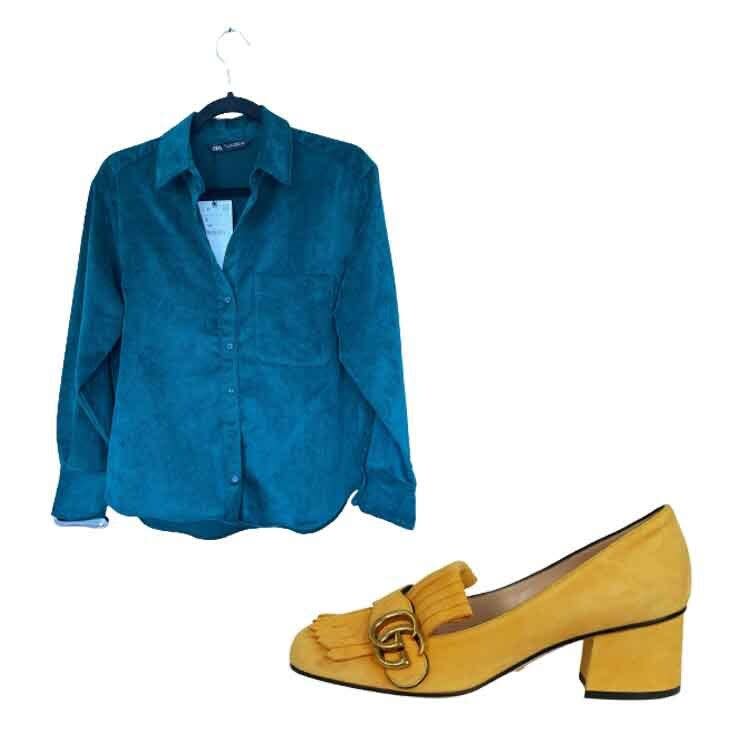
These retailers have also realised that they are losing customers to eBay and the like. If they can offer shoppers an easier resale option, by using information from the original product order to autofill the online listing, plus a discount or store credit for their loyalty, they are more likely to retain their business. They’re future-proofing themselves, like taking out an insurance policy on their bottom lines.
But there are benefits for us that have nothing to do with high street profit margins. Fashion generally is not so wedded to the idea of clothing being in or out of style anymore. Nobody’s going to call the fashion police if you choose the wrong kind of coat this winter. “It doesn’t matter about seasons anymore. It doesn’t matter about trends,” says Clare Richardson, founder of the luxury preloved fashion site Reluxe. “It’s about being an individual.”
It’s fun too. There’s a thrill in finding a rare gem in your size at the right price that you simply don’t get when buying new, and Richardson gets a kick out of seeing customers’ excitement when they visit her pop-ups and showroom. “I think seeing the enjoyment of people when they start shopping with us, the enjoyment of the experience, the enjoyment of buying preloved and not being bothered about it.”
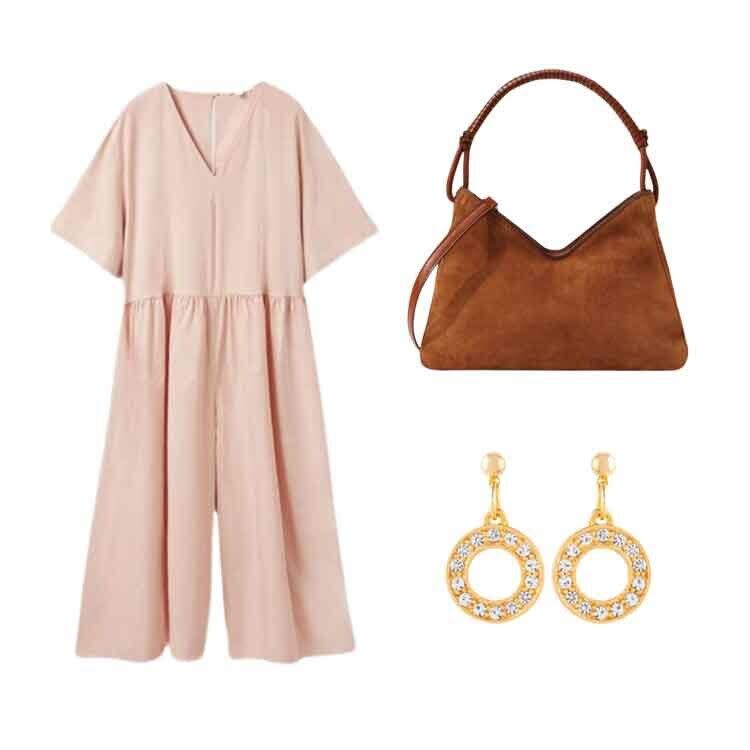
That’s what it comes down to. Buying clothes should be fun and inspiring, and the second-hand market has finally achieved this – it’s not just for those in the know, it’s for everybody.
I’m well and truly on board. At this rate, I’ll have more preloved pieces in my wardrobe than brand new ones – and I’ll look more original and stylish too.
Photographer: Heathcliff O’Malley. Hair and make-up: Oonagh Connor

 Yahoo News
Yahoo News 
